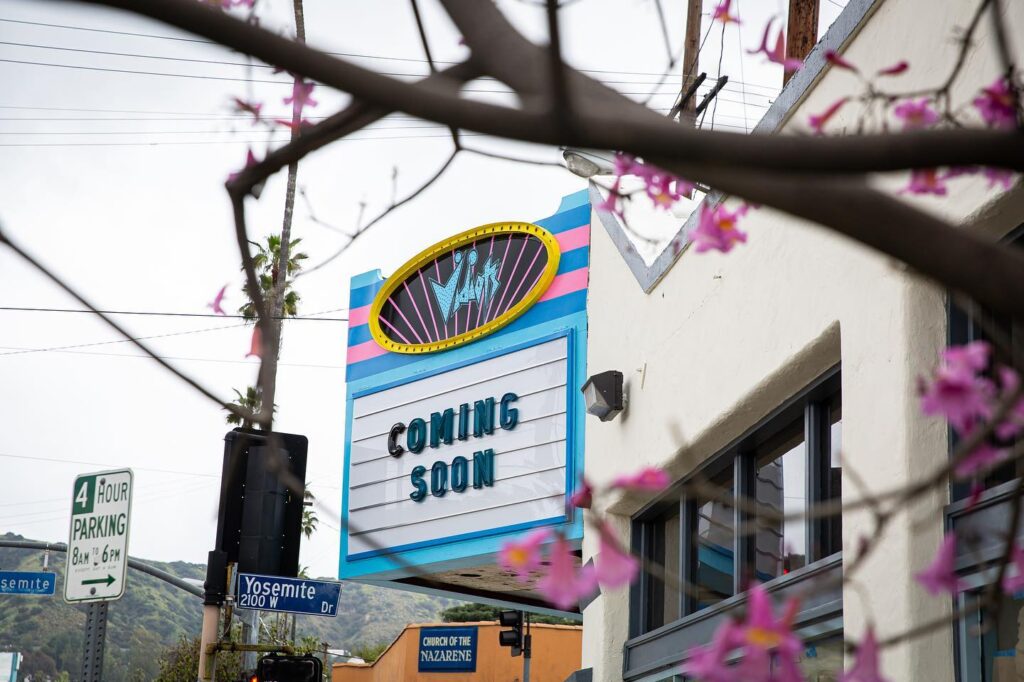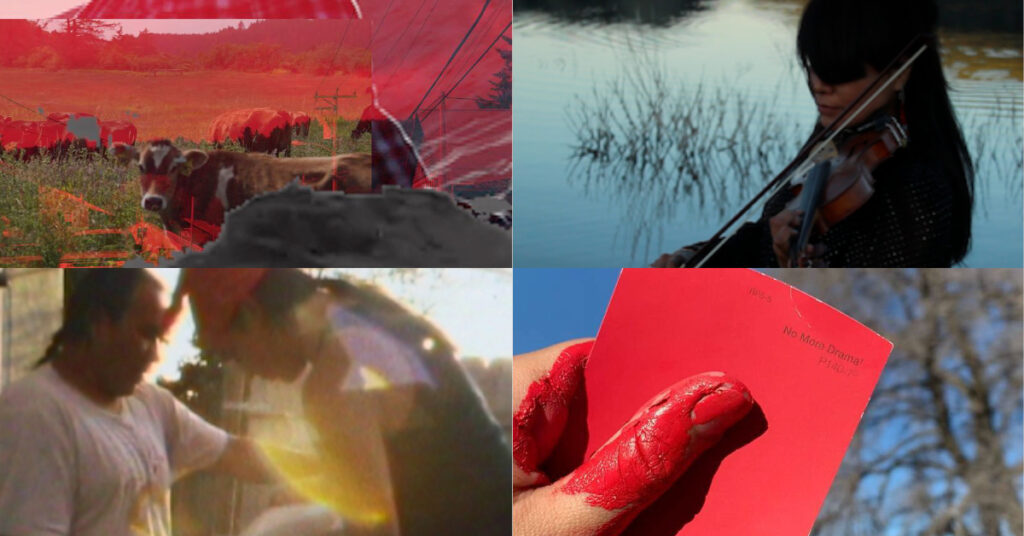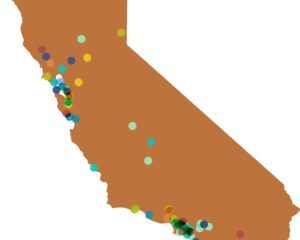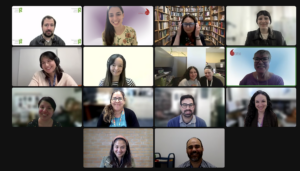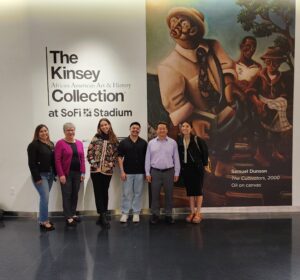Above, clockwise from top left: Stills from Faces, Displays, and Other Imaginary Things (2020), My Soul Remainer (2017), F1ghting Looks Different 2 Me Now (2022), and From Sea to See (2014).
From June 2-18, The UCLA Film and Television Archive and UCLA American Indian Studies Center will present Imagining Indigenous Cinema: New Voices, New Visions, which is providing free humanities-focused programming centering the experiences of Native filmmakers, and facilitating discussions about a wide range of relevant issues related to filmmaking, storytelling, cultural revitalization, and resistance.
With support from a California Humanities’ Humanities for All Project Grant (awarded winter 2022), the program will focus on over a dozen short-form, mid-length, and feature-length works produced since 2014 by Native filmmakers that exemplify innovative approaches to cinematic visual and narrative forms.
Fainting Spells (U.S., 2018)
A short film by Sky Hopinka, a Ho-Chunk Nation member, which shares an imagined Xąwįska plant myth, preserving traditional knowledge. Hopinka will appear in person to discuss his work on June 18, along with an in-depth conversation on his style and approach to the moving image.
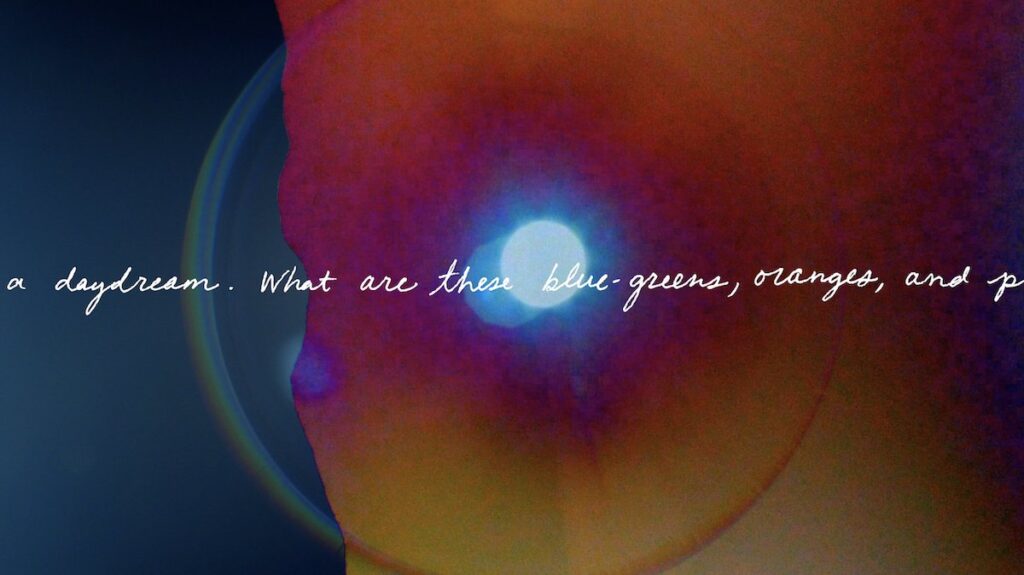

New Myth (U.S., 2021)
A short film by Cannupa Hanska Luger documenting a performative action to repair our future relationship to water, exploring the concept of “Monster Slayers” and the agency we have to combat the oppressive systems of our present day.

In crafting the series’ comprehensive approach, the Archive partnered with curators Anpa’o Locke (Húŋkpapȟa Lakota and Ahtna Dené) and Colleen Thurston (Choctaw) and drew on the expertise of staff and faculty at UCLA’s American Indian Studies Center. “We appreciate the efforts the Archive has made to engage with Indigenous curators, scholars, the staff at our center and filmmakers,” said the center’s director, Shannon Speed (Chickasaw), professor of American Indian studies, gender studies and anthropology at UCLA.
Locke, an Afro-Indigenous writer, filmmaker, and curator, said that “this program showcases the diverse exploration of the Indigenous experience through thought-provoking and system-challenging films that shift the narrative into a mode of self-determination filmmaking.”
Thurston, an award-winning filmmaker, educator, and curator from Tulsa, Oklahoma, agrees. “Since 2015, there has been a sort of renaissance in Indigenous cinema and television. Not only are we seeing increased representation in front of and behind the camera, but also a widening of the film form and storytelling approaches from Native filmmakers. It’s refreshing and inspiring, and the works we’ve included here are representative of those emboldened visions.”
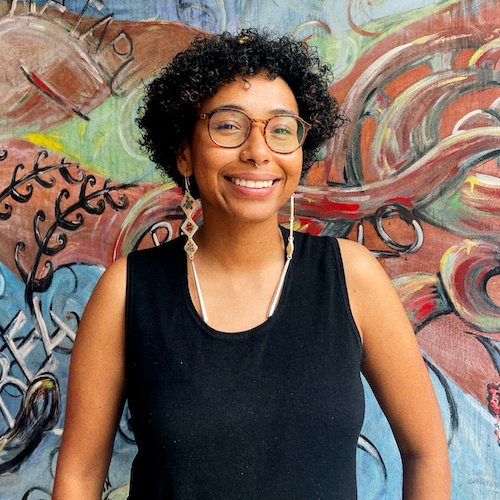
Screenings and discussions will take place at the Billy Wilder Theater at the Hammer Museum (10899 Wilshire Blvd, Los Angeles) and at the Eagle Theatre (4884 Eagle Rock Blvd.), the new home of Vidiots Foundation. The latter, an LA institution founded as a nonprofit and video store in 1985, will relaunch in June in time to host community programming including Imagining Indigenous Cinema. Screenings will also be livestreamed whenever possible.
All programming is free to the public with registration. Review the full list of screenings and programs and save your spot:
